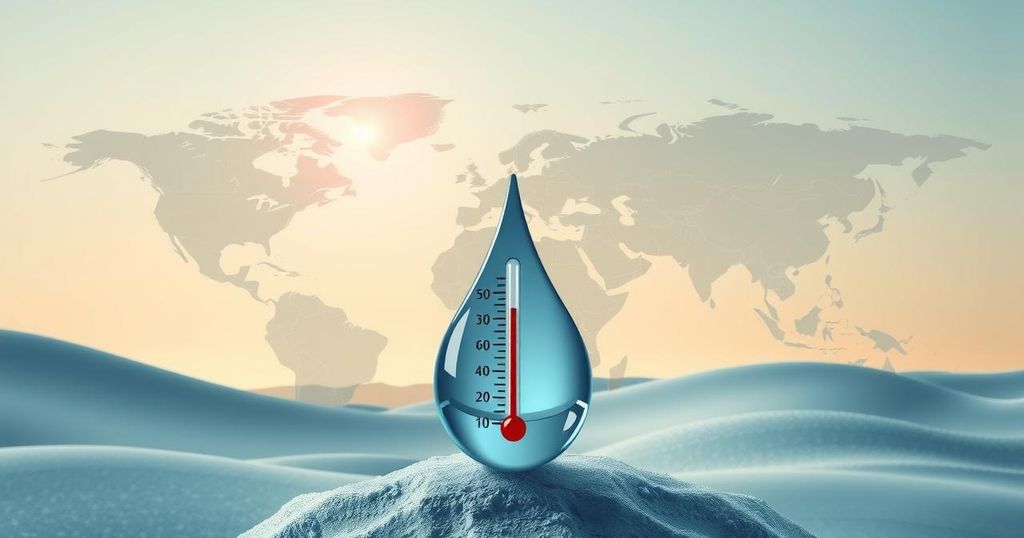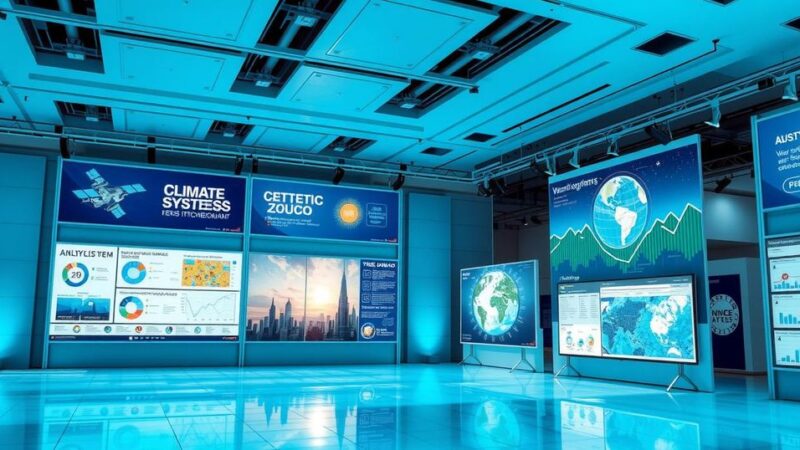A study led by Professor Kim Jae Kyoung reveals that temperature and rainfall significantly influence the global spread of dengue fever, which has surged alarmingly in recent years. Utilizing a novel causal inference approach, researchers found distinct regional responses to climatic factors and highlighted the importance of dry season length in dengue transmission dynamics. The findings provide valuable insights for optimizing public health strategies against dengue.
Recent research led by Professor Kim Jae Kyoung of KAIST’s Department of Mathematical Sciences and the Biomedical Mathematics Group at the Institute for Basic Science (IBS), elucidates the significant role of weather, particularly temperature and rainfall, in the global transmission of dengue fever. This mosquito-borne illness presents an escalating public health issue, with reported cases rising from 4.1 million in 2023 to over 10.6 million in 2024 across North and South America. Such figures represent the highest incidence level ever recorded globally, emphasizing the urgency of addressing this health crisis.
Despite known climatic influences on dengue’s spread, the correlation between these factors remains inadequately understood. Previous research has often yielded conflicting results regarding the impact of rainfall on transmission. To remedy this, the IBS team employed a novel causal inference framework, GOBI (General ODE-Based Inference), established in 2023, which adeptly models both nonlinear and interactive effects of climatic variables on dengue dynamics.
The study focused on 16 Philippine regions, varying in climate, to analyze how temperature and rainfall jointly govern dengue proliferation. Results demonstrated that elevated temperatures consistently elevated dengue cases, while the effect of rainfall varied regionally; it increased incidence in eastern regions but suppressed it in western areas. Crucially, dry season length emerged as a pivotal factor, directly impacting these contrasting rainfall effects on dengue incidence.
Regions with minimal dry season variability witnessed rainfall effectively reducing mosquito breeding sites, thereby curtailing transmission. Conversely, areas with significant dry season fluctuations experienced sporadic rainfall that led to increased mosquito populations and dengue cases. This previously underappreciated aspect—the variation in dry season length—has been pivotal for a more comprehensive understanding of dengue’s relationship with climatic conditions.
“Our findings provide robust evidence for how climatic factors influence dengue transmission in diverse environments. This represents a significant step toward understanding how climate change may impact mosquito-borne diseases globally,” stated Olive R. Cawiding, the study’s first author. The team’s findings propose measures for enhancing dengue intervention strategies tailored to specific regional climates. In regions with low dry season variation, natural flushing during rainy seasons can reduce intervention needs, while high-variance areas necessitate persistent intervention efforts due to favorable breeding conditions.
Moreover, the investigation emphasizes the necessity of monitoring dry season length to predict dengue outbreaks effectively. By customizing response strategies according to distinct climate patterns, public health officials may allocate resources more judiciously, improving the fight against dengue’s spread. Furthermore, these insights illuminate potential implications for other climate-responsive diseases such as malaria, influenza, and Zika virus.
Professor Kim Jae Kyoung remarked on the significance of this research, stating that it mitigates the limitations of traditional methodologies and clarifies the intricate interactions between climatic factors and infectious diseases via advanced algorithms. The study acknowledges limitations such as the unavailability of mosquito population data and socioeconomic variables, highlighting the potential for future research utilizing more detailed datasets to enhance understanding.
The research conducted by the IBS team has provided critical insights into how temperature and rainfall drive the global spread of dengue fever. The innovative methods used in this study have revealed the complex interactions between climate variables and dengue dynamics, particularly emphasizing the previously undervalued role of dry season length. With practical implications for dengue control strategies, this research is timely and significant, suggesting that tailored approaches could enhance resource allocation in public health responses to dengue outbreaks.
Original Source: www.technologynetworks.com






